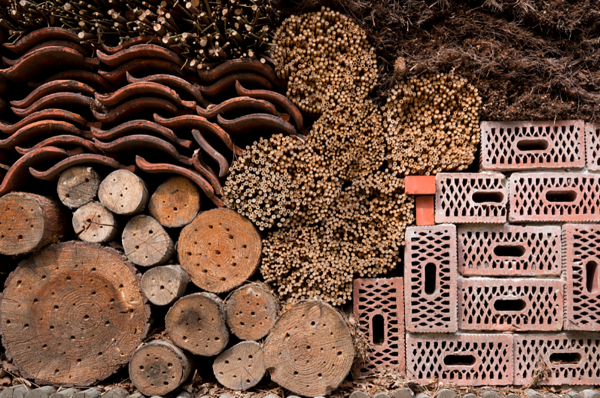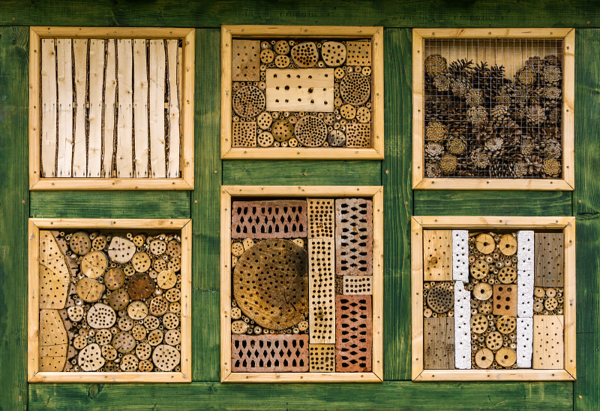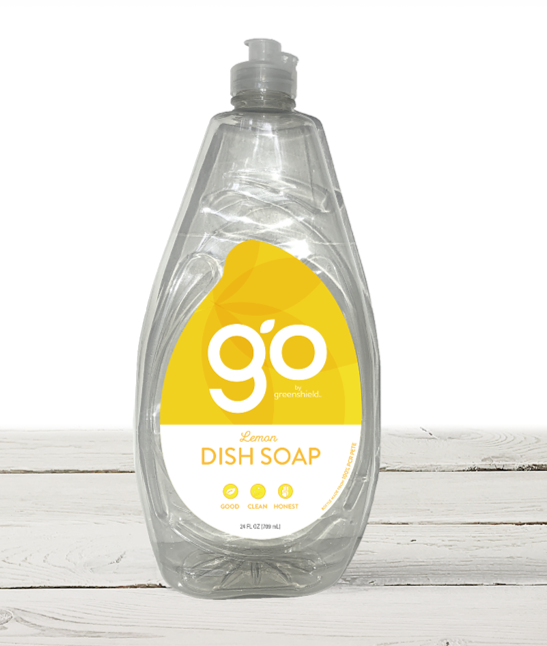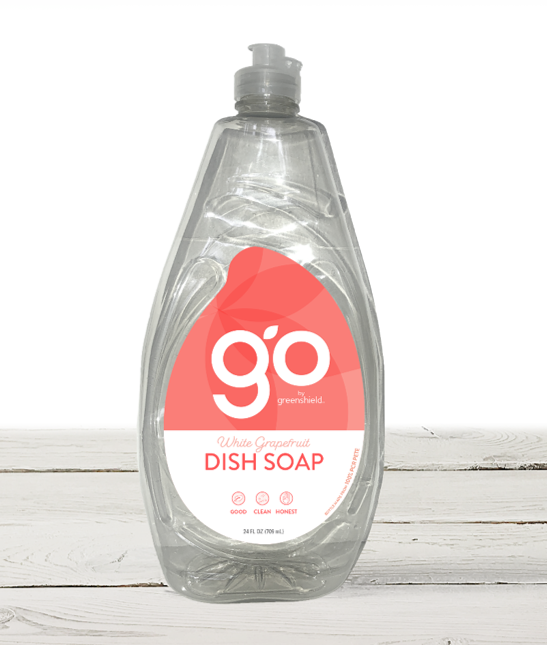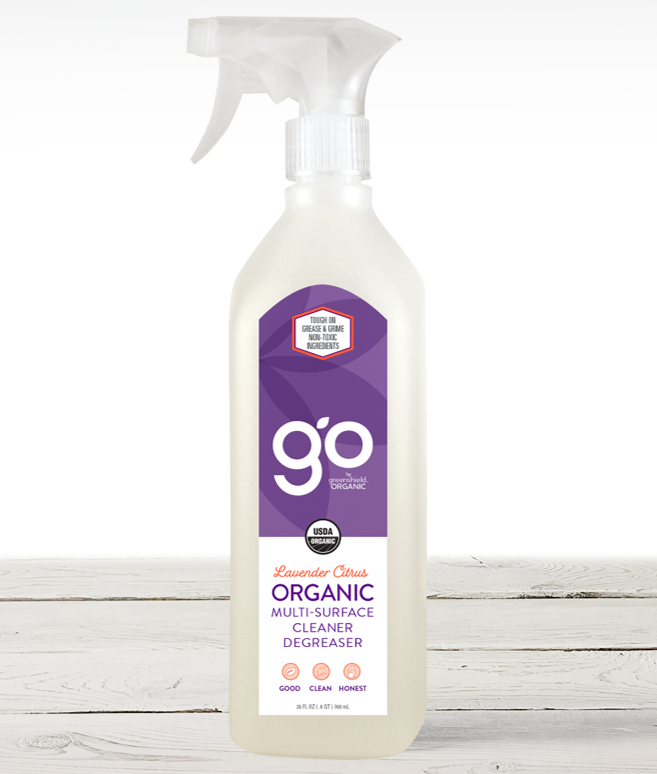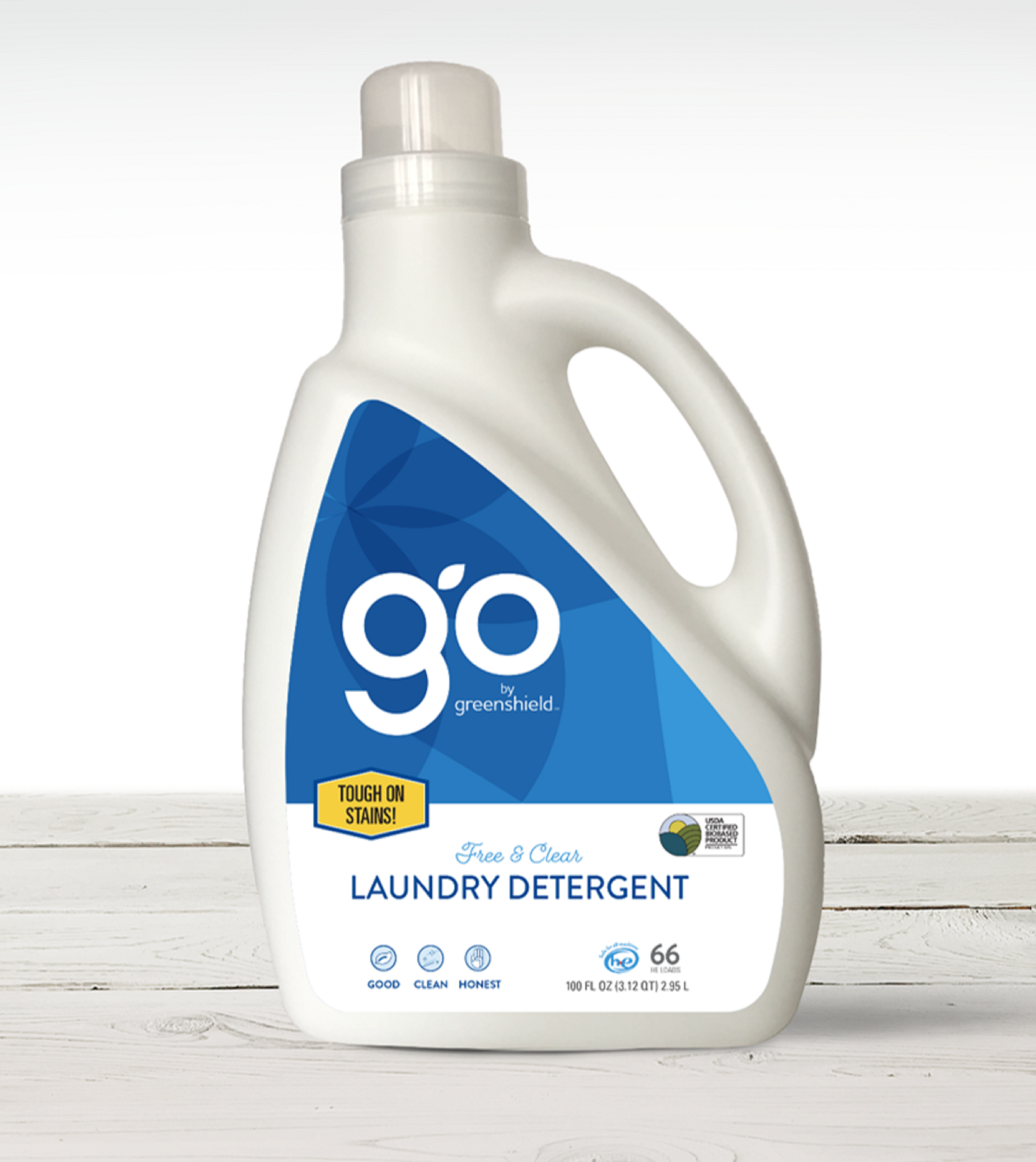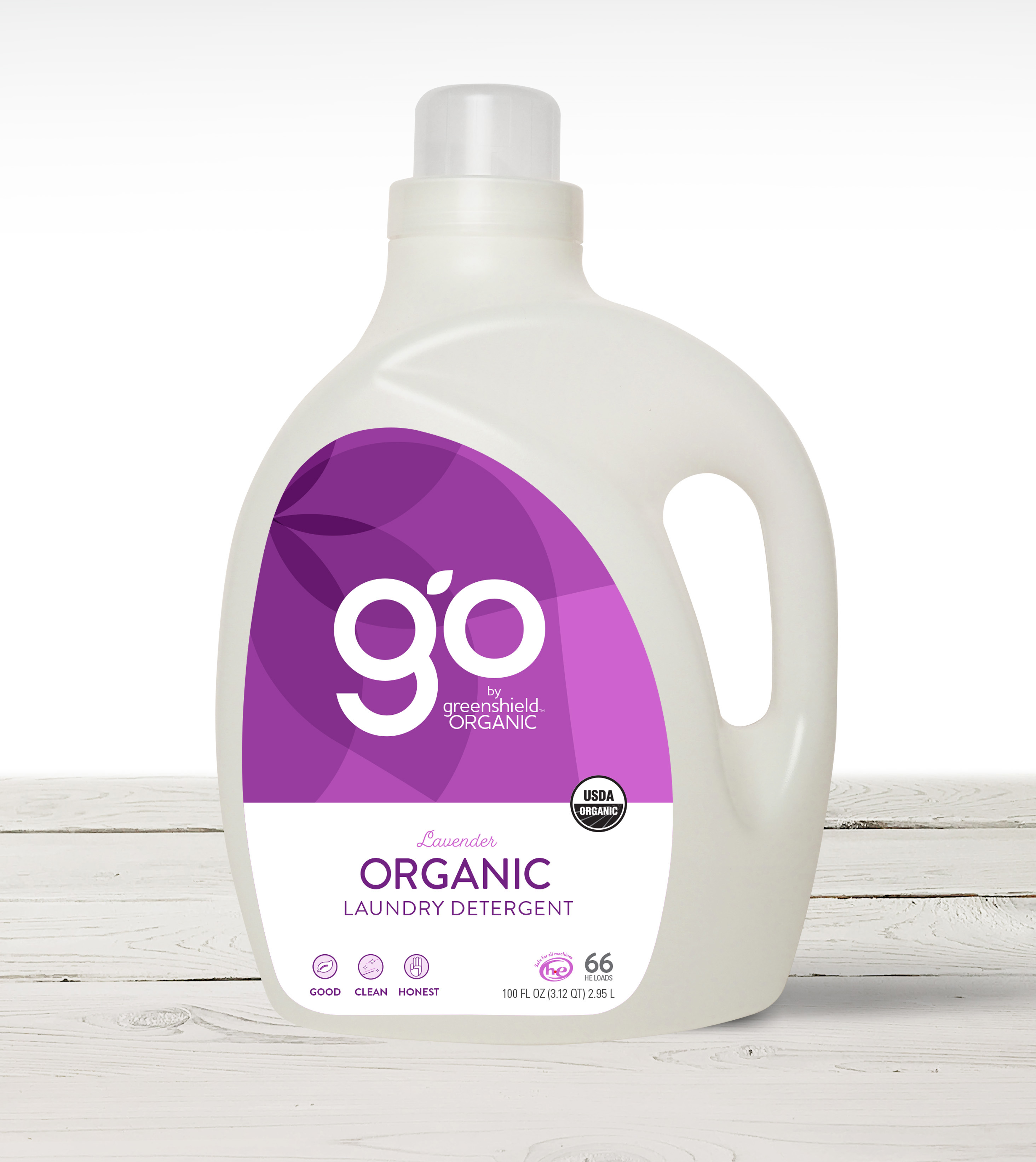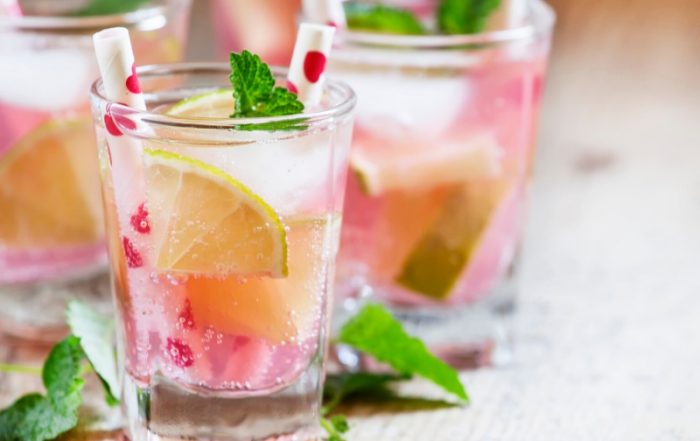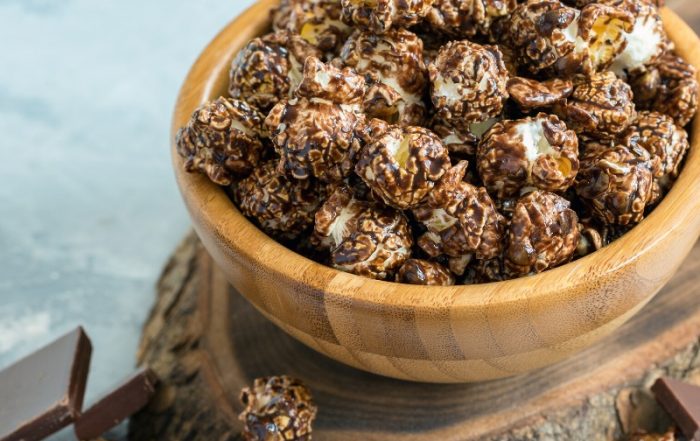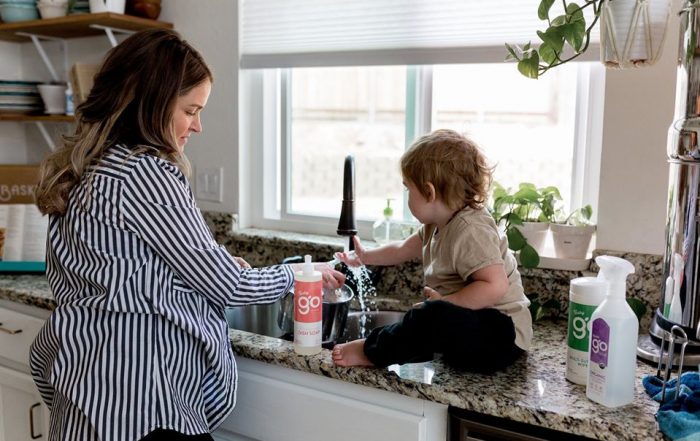4 Ways You Can Save The Bees
Bees are fundamental pollinators that help our planet thrive, which makes them all the more important to protect. In fact, bees are responsible for one in every three bites of food supporting more than 70 percent of crops. But exposure to toxic pesticides, parasite and pathogen infections, poor nutrition and loss of habitat are all risk factors that can harm bee colonies and health.
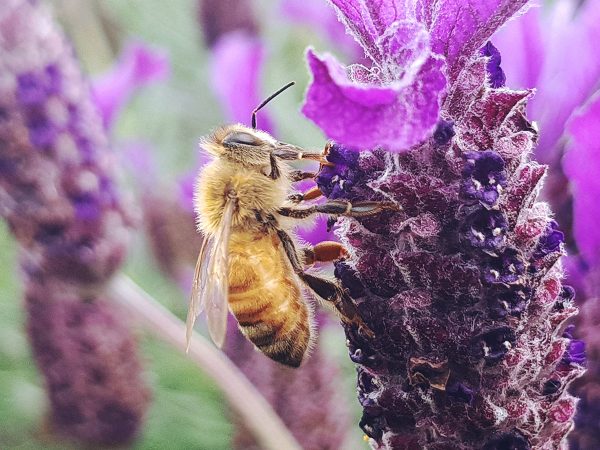
At GO by greenshield organic™ we rely on bees to help pollinate lavender fields used in the production of organic fragrances found in our Organic Lavender Laundry Detergent. In honor of Earth Day, we’re getting up close and personal with bees at our local non-profit Apiopolis Bee Sanctuary. Apiopolis has worked to install hundreds of hives and habitats to help support the health and sustainability of honeybees and native pollinators. By working to address the causes of pollinator decline we aim to improve the health of these vital creatures, and create a more sustainable and beautiful future. So what can you do to help bees?
#1 Go Organic
When you buy USDA Certified Organic products and food, you are supporting farming and manufacturing practices that can help better protect pollinators and our planetary health. Organic farming standards largely prohibit the use of synthetic insecticides, herbicides and fungicides, which have been found to be especially harmful to bees. Instead, they rely on Integrated Pest Management (IPM) techniques that maintain and improve their surrounding natural resources, creating a diverse landscape better equipped to support bees.
Enter below for a chance to win a free sample of GO by greenshield organic™ Lavender Laundry Detergent and plantable paper “bee” embedded with wildflower seeds to help support bee health and sustainability!
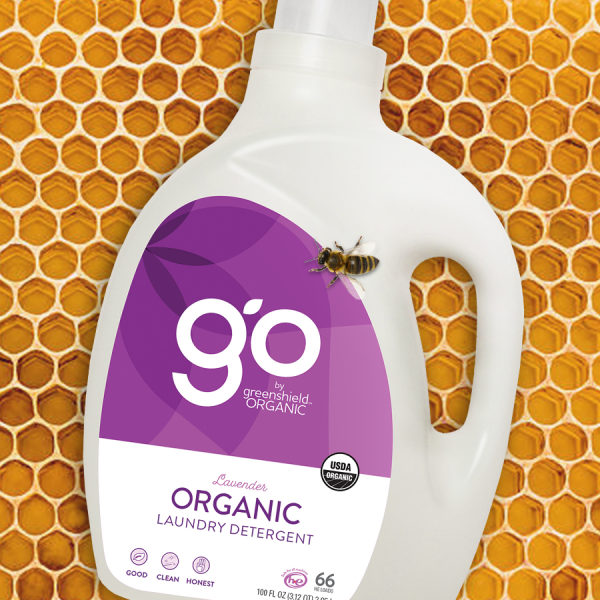
#2 Plant Something
Pollen and nectar help feed bees and other valuable pollinators. Create a rich and teeming garden by planting bee-friendly flowers, trees, herbs and shrubs.
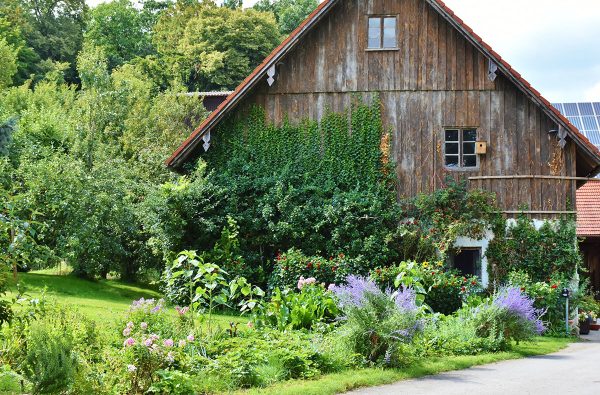
Some common plants bees love include:
- Lavender, Sunflowers, Daisies, Poppies, Crocus and Black Eyed Susans
- Mint, Rosemary, Sage, Thyme, Oregano and Basil
- Beans, Peas, Melons and Fruits
Do:
- Make sure you’ll have blooms for bees year round.
- Choose blue, violet and yellow flowers and plants. These are bees favorite colors!
- Plant a single species in patches roughly 3 feet by 3 feet, or larger, for the best chance of getting a bee’s attention.
- Provide a fresh water supply.
Don’t:
- Plant species that are poisonous to bees, like Rhododendron, Mountain Laurel, Yellow Jassamine, or California Buckeye.
- Cover your garden bed with mulch. 70% of all the 20,000 species of bees nest under the ground, preferring dry bare dirt.
- Waste time with hybrid flowers, which may be sterile and have little or no nectar or pollen.
- Choose red-colored plants and flowers. Bees can’t see the color red and tend to zoom right by them!
- Reach for pesticides or herbicides. Instead, opt for organic pest and weed control options. Certain varieties of plants deter some pests and attract “good” bugs, like lady bugs and praying mantis, that can help eliminate them. Humane traps, predator figurines, and organic/natural applications can help too. Or turn hand weeding into a fun game with prizes for the whole family!
#3 Build a Bee Hotel
Attract native bees to your garden by building a bee “hotel”. Unlike honeybees which live in hives, many bee species prefer narrow tubular spaces, such as the hollow center of a reed or a crevice in a rock wall. Last year, we helped a local urban garden build a bee hotel from bamboo shoots which required very little time or effort. Make yours out of a simple stack of materials, or get creative and mount yours into a frame.
#4 Become A Busy Bee
Purchasing products that support bees, volunteering or sponsoring the construction of a bee hive or sanctuary, starting a community garden, and supporting beekeepers by purchasing local organic honey are all great ways to help bees. Organizations like The Honey Bee Conservancy provide excellent resources, including the national Sponsor-A-Hive program, to help you get started.
Help us spread some buzz about bees! Tag us on social using #GOsavethebees and tell us what you love most about these amazing little creatures.
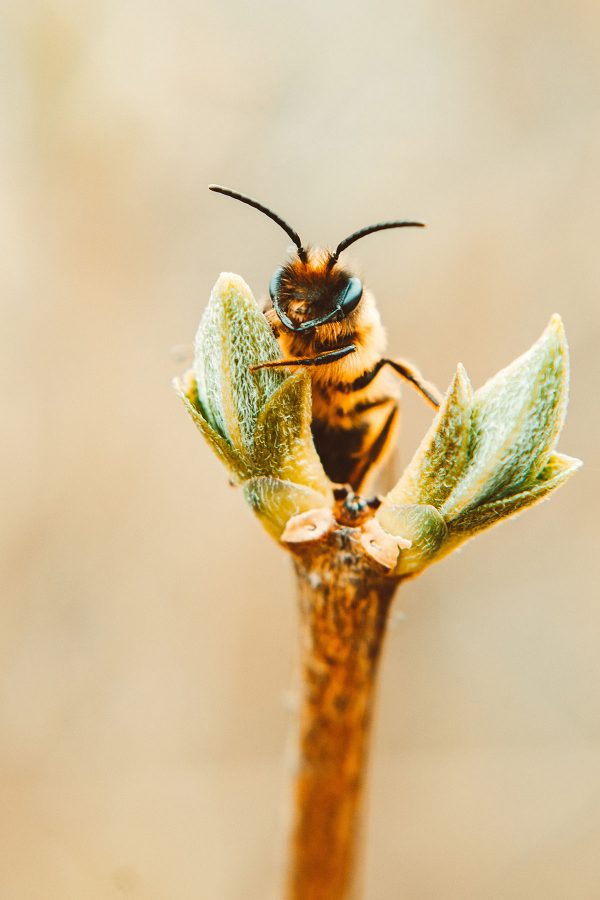
SUBSCRIBE TO OUR BLOG
RELATED ITEMS
RECENT POSTS


